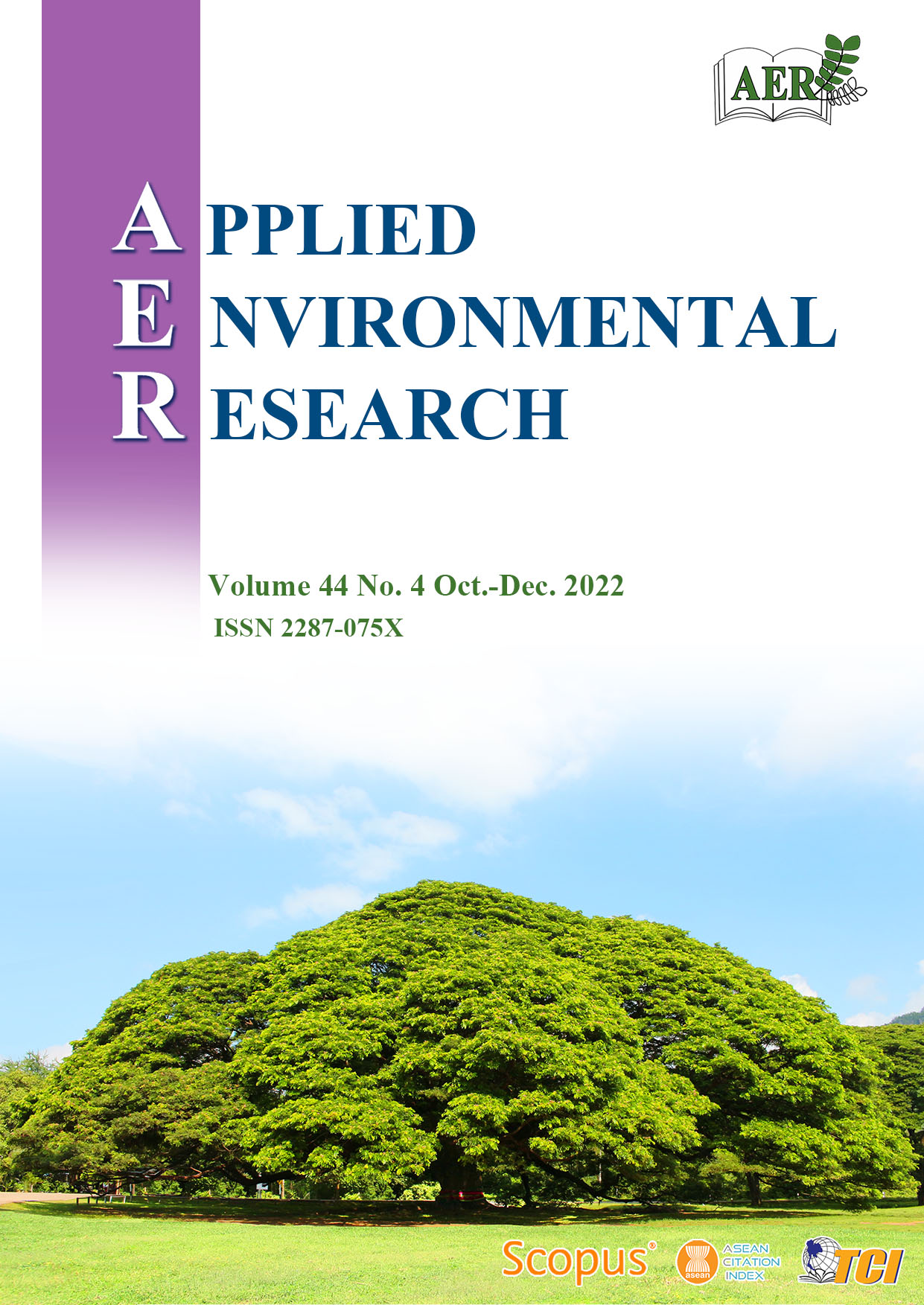Soil Contamination and Risk Assessments on Selected Dumpsites within the Basement Complex and Sedimentary Formations of Ogun State, South-western Nigeria
Main Article Content
Abstract
The concentrations of inorganic elements in soils of Saje, Ita-Oshin, Premier, and Oke-Diya dumpsites were determined using an X-Ray Fluorescence spectrometer to assess the soil quality through chronological changes with depths. A soil core sampler collects 56 samples at 20, 40, 60, and 80 cm depths. Saje showed high mean concentrations of Ca, K, Fe, Rb, and Ti at all depths, while Oke-Diya revealed high mean concentrations of Ca, K, Fe, Rb, Ti, Mn, Zn, V, Cr, and Ni at all depths. These concentrations were in a closed range suggesting a build-up of elements in the soil profiles. Oke-Diya had the highest pollution index, followed by Saje, and the contaminations were from anthropogenic and geologic sources. The mean concentrations of Fe, Zn, Ni, Mn, Ti, K, and Ca were high at all depths in Ita-Oshin, and in Premier, the mean concentrations of K and Fe were high at all depths. Premier had the lowest pollution index. Ita-Oshin and Premier enrichment factors showed geologic sources. Saje and Oke-Diya revealed unacceptable non-carcinogenic risks for adults and children, and Ita-Oshin and Premier recorded acceptable limits. Saje and Oke-Diya samples had high carcinogenic risks for adults due to Cr, Pb, and As. Elements Cr and As in Ita-Oshin, and Pb in Premier evinced unacceptable carcinogenic risks for adults. Saje, Oke-Diya, and Premier indicated unacceptable carcinogenic risks for children due to Cr. The study showed toxins build-up in the soil system, and the study areas are not suitable for growing crops and sinking water wells for agricultural and domestic uses.
Article Details

This work is licensed under a Creative Commons Attribution-NonCommercial 4.0 International License.
Published articles are under the copyright of the Applied Environmental Research effective when the article is accepted for publication thus granting Applied Environmental Research all rights for the work so that both parties may be protected from the consequences of unauthorized use. Partially or totally publication of an article elsewhere is possible only after the consent from the editors.

